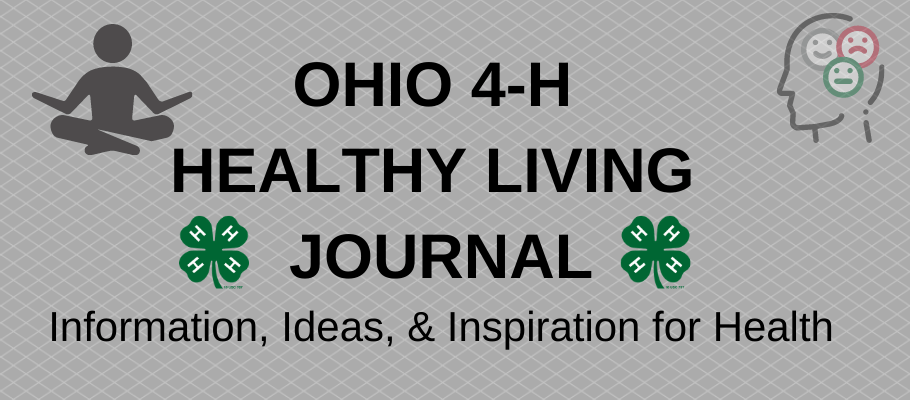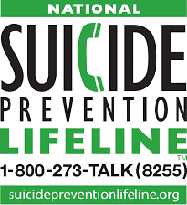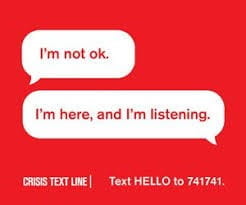Theresa Ferrari, Extension Specialist, 4-H Youth Development
 National Nutrition Month® is an annual campaign created by the Academy of Nutrition and Dietetics. In March, the Academy of Nutrition and Dietetics focuses attention on healthful eating through National Nutrition Month®. This year’s theme, Personalize Your Plate, promotes creating nutritious meals to meet individuals’ cultural and personal food preferences.
National Nutrition Month® is an annual campaign created by the Academy of Nutrition and Dietetics. In March, the Academy of Nutrition and Dietetics focuses attention on healthful eating through National Nutrition Month®. This year’s theme, Personalize Your Plate, promotes creating nutritious meals to meet individuals’ cultural and personal food preferences.
Making informed food choices and developing healthful eating habits is a year-round endeavor. The Nutrition Facts Label is a tool that can help you make good choices. The nutrition facts label appears not only on packaged foods, but on many fruits and vegetables in the produce section of the grocery store.
Size Up Servings
Pay attention to the serving size and the number of serving you eat or drink to discover the total number of calories and nutrients you are consuming.
- Keep in mind that packages can–and often do–contain more than one serving. When you don’t know the serving size, it’s easy to consume more calories and nutrients than you intended.
Consider the Calories
Calories from food provide the energy your body needs to function and grow. When you are active, you “burn” calories. To keep your body healthy, balance the number of calories you eat and drink with the number of calories your body uses.
When checking a food’s calories, remember this guide:
- 100 calories per serving of an individual food is considered a moderate amount of calories.
- 400 calories or more per serving of an individual food is considered high in calories.
Choose Nutrients Wisely
The Daily Values are reference amounts of nutrients to consume or not to exceed each day for adults and children 4 years of age and older. % Daily Value (%DV) is the percentage of the Daily Value for each nutrient in a serving of the food. It shows how much a nutrient in a serving of the food contributes to a total daily diet. Use %DV to see if a serving of the food is high or low in an individual nutrient and to compare food products. The nutrients featured on the label were chosen because they tend to be low in Americans’ diets.
- 5% DV or less of a nutrient per serving is considered low.
- 20% DV or more of a nutrient per serving is considered high.
- Nutrients to get more of: dietary fiber, vitamin D, calcium, iron, and potassium.
- Nutrients to get less of: saturated fat, trans fat, sodium, and added sugars.
The U.S. Food and Drug Administration oversees food and beverage labeling. Food labeling is required for most prepared foods, such as breads, cereals, canned and frozen foods, snacks, desserts, and drinks. Nutrition labeling for raw produce (fruits and vegetables) and fish is voluntary. You can find an interactive Nutrition Facts label here.
Now that you’ve increased your label IQ, here are a few tips to capitalize on that knowledge.
Measure out single serving of snacks. Read the Nutrition Facts label on your favorite snacks and measure out single servings according to the serving size listed on the label. Keep them in resealable plastic bags or containers so you can quickly grab-and-go!
Do a label audit. Read the label on food packages in your cupboards and refrigerator. Then decide if you need to swap out items for more healthful choices, and read labels in the grocery store. Add items to your family’s shopping list that are higher in nutrients to get more of and lower in nutrients to get less of.
Swap out one item. Check out the differences in calories and nutrients between various menu choices. Compare foods that are prepared different ways, like grilled chicken vs. fried chicken, baked potatoes vs. French fries, and compare small vs. large portions. And remember, a “super-sized” item can mean doubling (or tripling) the calories and nutrients because the serving size is larger.
You can find expanded nutrient profiles in FoodData Central of the U.S. Department of Agriculture.
Today’s Take-Away: Choosing healthful food and beverages is one way to take care of your physical health. The Nutrition Facts Label is a tool you can use to make healthful choices. You can download a description of the label FDA-ReadtheLabel-Infographic-English.
Adapted from:
Academy of Nutrition and Dietetics. (2021). National Nutrition Month ® campaign toolkit. https://www.eatright.org/food/resources/national-nutrition-month/toolkit
U.S. Food and Drug Administration. (2018). Nutrition facts: Read the label: Cool tips for kids. https://www.fda.gov/food/new-nutrition-facts-label/read-label-youth-outreach-materials
U.S. Food and Drug Administration. (2018). Nutrition facts: Read the label leader’s guide. https://www.fda.gov/food/new-nutrition-facts-label/read-label-youth-outreach-materials


























